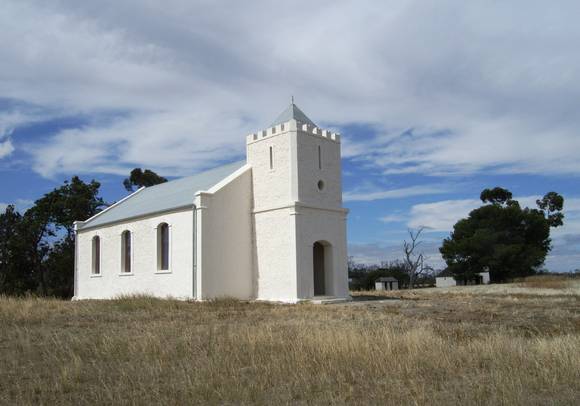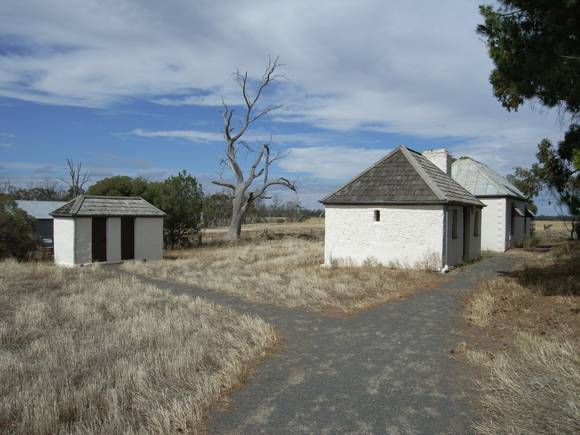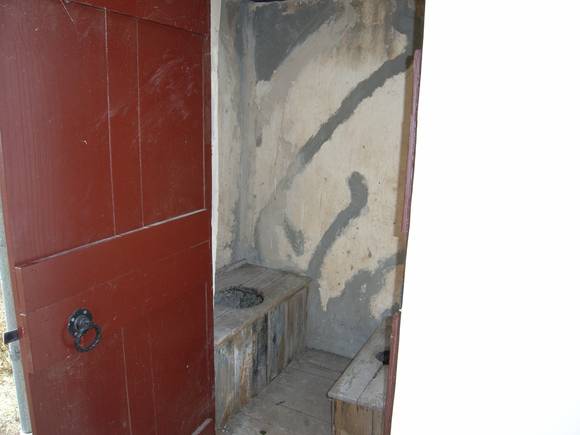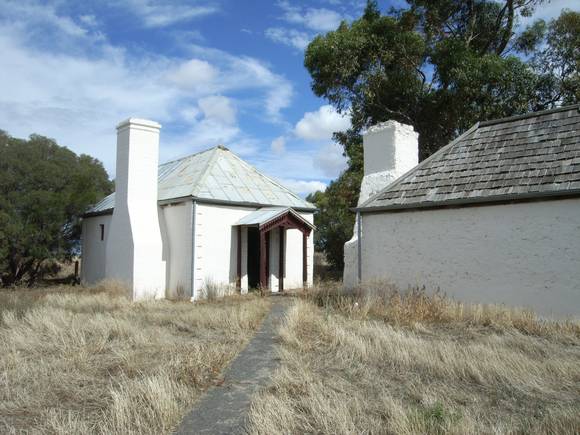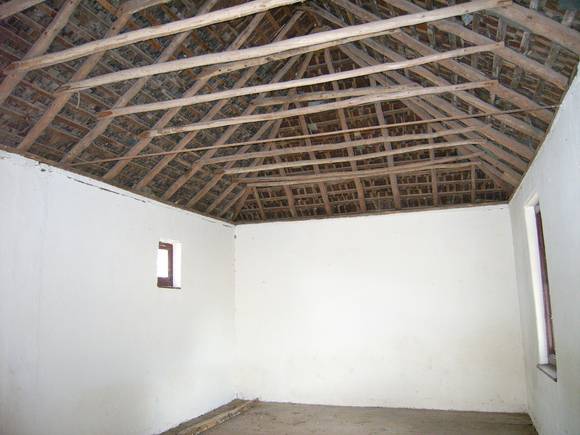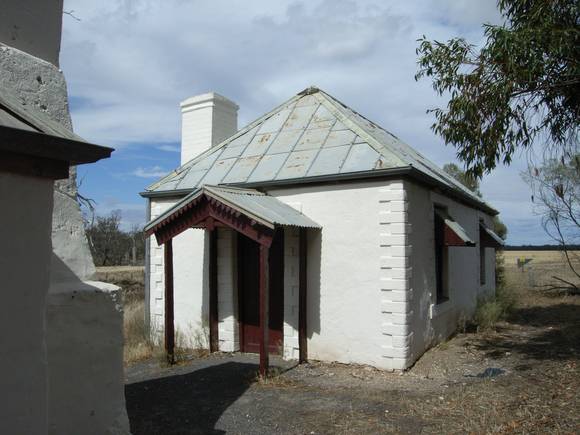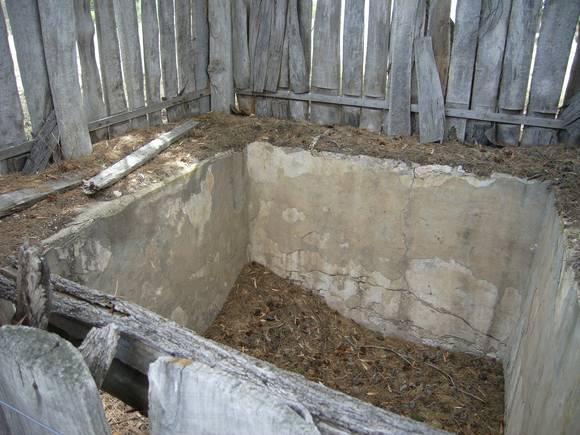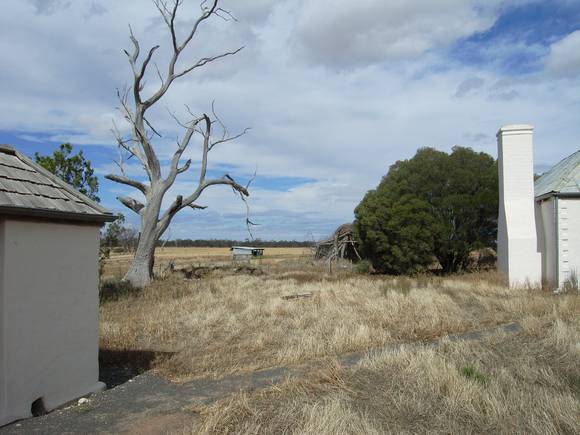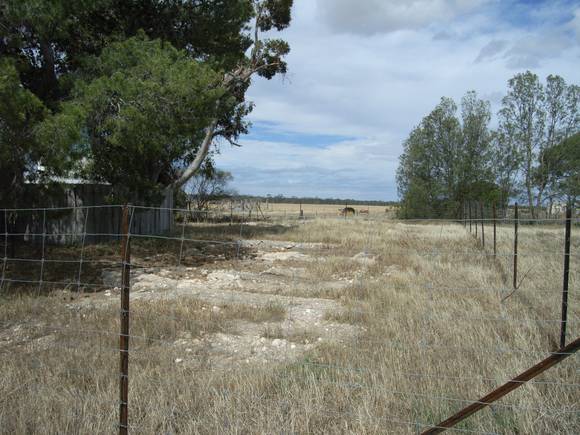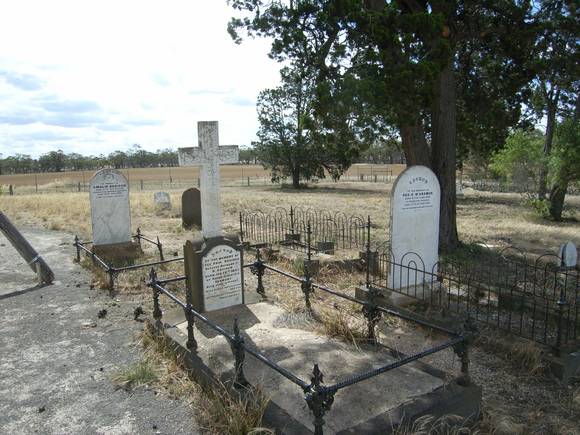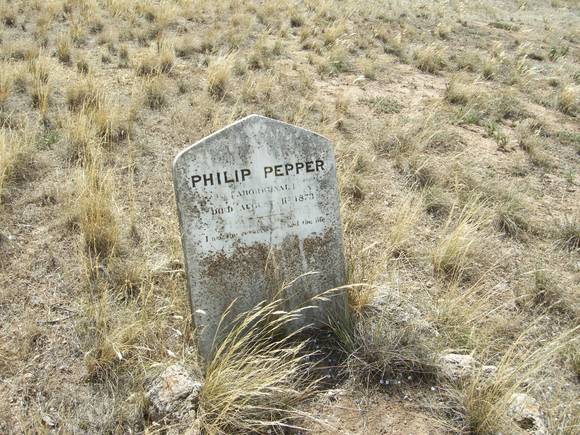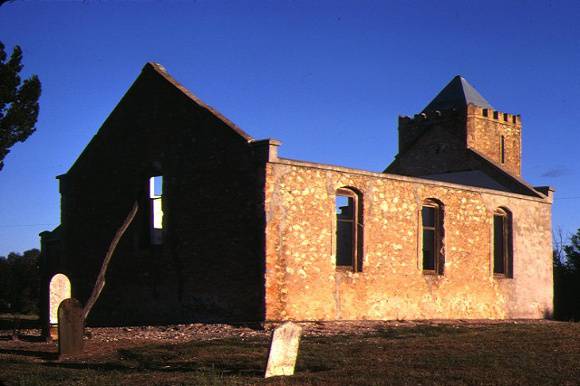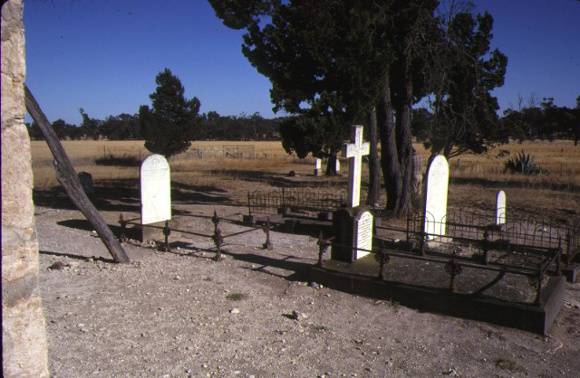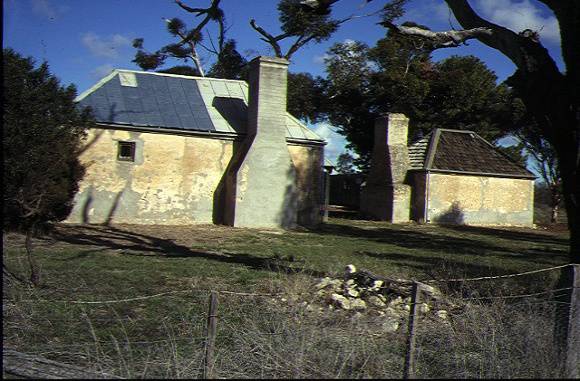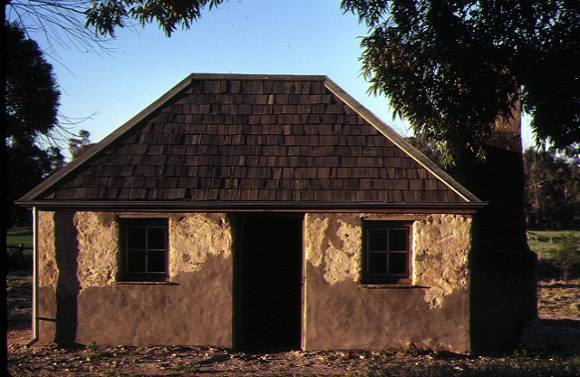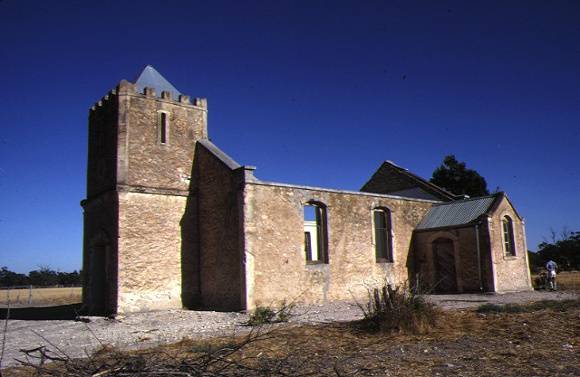| Back to search results » | Back to search page » |
|
EBENEZER MISSION
Statement of Significance
The Ebenezer mission site and its complex of buildings, footings and
cemetery are of great social, historical, archaeological and
architectural significance to the state of Victoria and are of
particular social and historical importance to Victorian aborigines.
The Ebenezer mission, built on the site of a pre-contact aboriginal
ceremonial ground, was the first of the missions founded in Victoria
in the second half of the nineteenth century to gain a secure and
lasting relationship with the native people. Established by Moravian
missionaries in 1859, it is the earliest known example of a mission of
the village green plan type in Victoria, with the church and
missionaries' buildings at the head and the aborigines' dwellings
along the other three sides of an open quadrangle. The site is significant for its historical and pre-historical
associations with aborigines in the region and aboriginal people
throughout Victoria, and as one of the two most extensive and original
nineteenth century missions for aborigines surviving in Victoria. Its
significance is enhanced by the survival of numerous pre-and
post-contact aboriginal sites, such as scarred trees, burial grounds
and occupation sites, in the surrounding area. The Ebenezer mission
site is also significant for its historical and social associations
with the region, and for its associations with the Moravian
missionaries, particularly FA Hagenauer, one of the most prominent
missionaries of the late nineteenth century in Victoria. Hagenauer,
newly arrived in Australia when he founded Ebenezer mission with FW
Spieseke, was subsequently associated with Ramahyuck and Lake Tyers
Missions and was secretary to the central board for the protection of
aborigines from 1889-1906. The limestone church, exhibiting an
idiosyncratic mixture of Norman Romanesque and classical detailing, is
the most dominant building on the site architecturally and visually
and is significant for its associations with the site. It was constructed by the missionaries using aboriginal labour and
local materials, and was designed by FW Spieseke, one of Ebenezer
mission's founders. It is the oldest surviving mission church in
Victoria and a distinctive though ruinous example of its type. The
kitchen, dormitory and toilet block are significant to the extent that
they demonstrate the way of life on the mission and because they were
built by missionaries and aborigines out of local materials. They also
demonstrate typical nineteenth century building types. The kitchen and
dormitory are the oldest surviving buildings on the site, both dating
from around 1869-70, and are the oldest surviving mission buildings in
Victoria. The footings of the mission house are significant as the
remains of the earliest known mission building in Victoria and as an
aid to the interpretation of the site and its layout. Archaeological elements outside the site, such as the footings of the
schoolroom and of a limestone cottage and the remains of the mill by
the river, are also significant for their association with the site
and to the extent that they demonstrate the layout of the mission. The cemetery, the oldest surviving mission cemetery in Victoria, is
of significance for its vital association with the site, containing as
it does the graves of missionaries and their families and of
aborigines. It is the only mission cemetery in Victoria to maintain
the context of an adjacent church and other nearby nineteenth century
mission buildings, and is one of only two mission cemeteries to
contain marked aboriginal graves. It is of particular significance to
the aboriginal community because of the large number of aborigines
known to have been buried there. It is also believed to be the largest
Moravian cemetery in Victoria and is of significance to the
international Moravian community
[Source: Ebenezer Mission Architectural Survey (1990), Bryce Raworth.]
Group
Education
Category
School - State (public)


